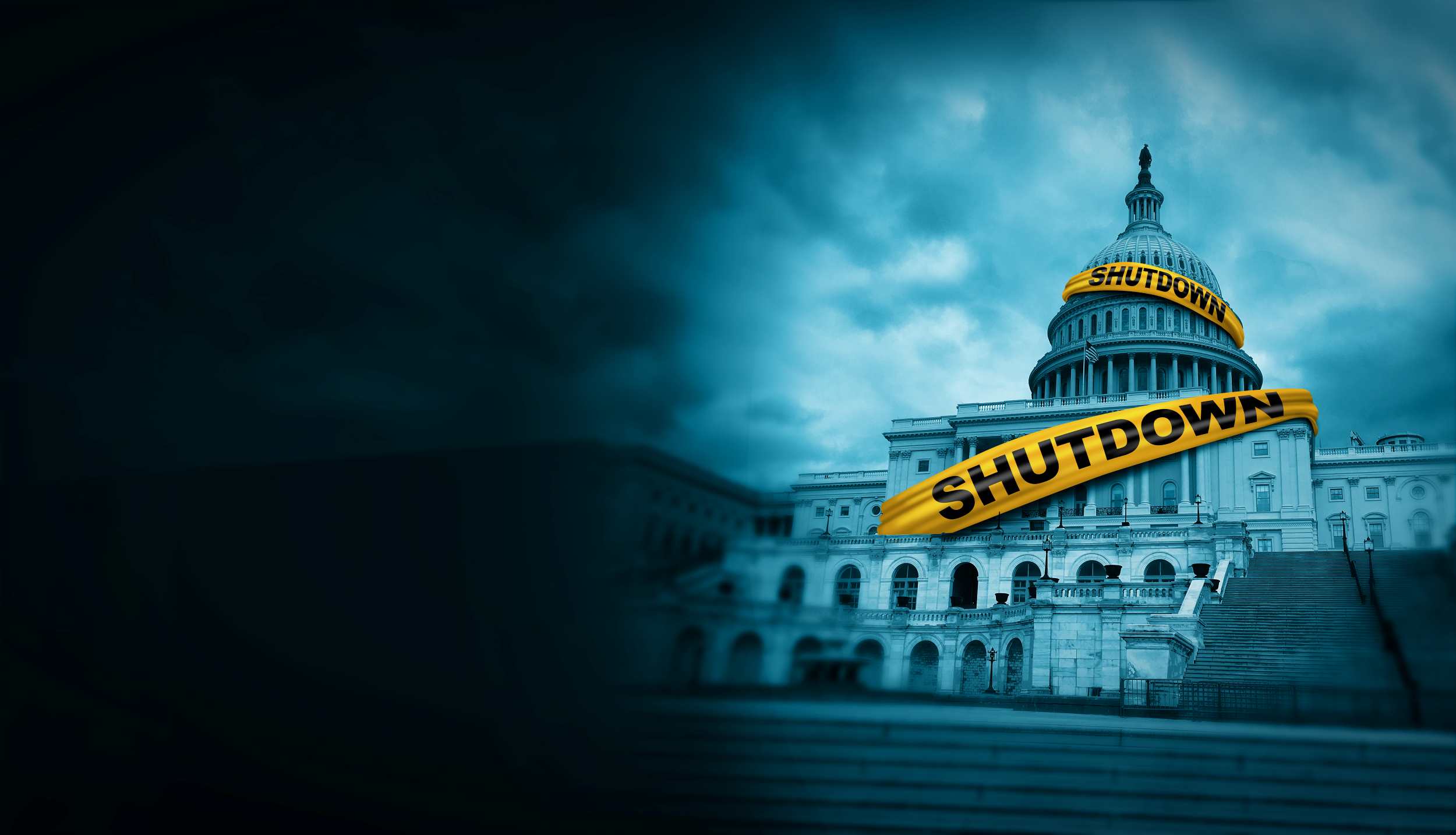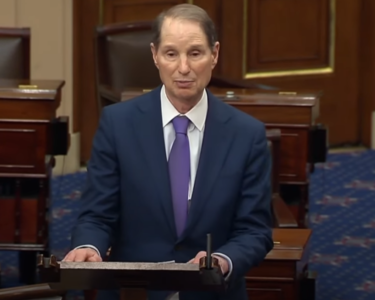After 43 days, the longest government shutdown in U.S. history is over. President Trump signed a funding bill on Wednesday night, November 12, and federal agencies began reopening on Thursday, November 13. Here’s what happened and what it means for everyday Americans.
How Long Was the Shutdown?
The shutdown lasted 43 days, surpassing the previous record of 35 days set during a shutdown in December 2018 and January 2019. This shutdown began on October 1, 2025, when Congress failed to pass a spending bill before the fiscal year deadline.
What Caused the Shutdown?
The primary point of disagreement centered on healthcare policy, specifically Affordable Care Act (ACA) subsidies. Democrats wanted to extend enhanced ACA subsidies as part of any funding deal, while Republicans opposed including this provision. After weeks of stalemate, the Senate reached a bipartisan compromise that did not include the ACA subsidy extension, and eight Democratic senators joined Republicans to pass the bill on Monday, November 10. The House then passed the measure on Wednesday evening.
How Long Is the Government Funded?
The new funding bill is temporary. Most federal agencies are funded through January 30, 2026, meaning another potential shutdown could occur in less than three months. However, some agencies—including the Department of Veterans Affairs, the Department of Agriculture, and legislative branch agencies—received full-year funding through September 2026.
Impact on Federal Workers
Approximately 1.4 million federal employees went without paychecks during the shutdown. About half were required to continue working without pay, while roughly 650,000 were furloughed. The Office of Management and Budget directed furloughed employees to return to work on Thursday, November 13.
Federal law guarantees backpay for all workers affected by the shutdown, both those who worked and those who were furloughed. Some workers, particularly air traffic controllers, were told they would receive 70% of their backpay within 24 to 48 hours of reopening. However, the full timeline for all federal employees to receive complete backpay varies.
SNAP Benefits (Food Stamps)
The shutdown created significant uncertainty for the approximately 42 million Americans who rely on the Supplemental Nutrition Assistance Program (SNAP). The Trump administration initially announced it could not distribute November benefits due to the shutdown, leading to legal challenges and Supreme Court involvement.
Under the new funding bill, SNAP is funded through September 2026. Agriculture Secretary Brooke Rollins stated that the department began working to issue full November benefits immediately after the bill was signed, with most recipients expected to receive payments by the end of the week or by Monday at the latest. However, some recipients in certain states have already received full or partial payments, while others have received nothing, depending on where they live.
Air Travel Disruptions
The shutdown significantly impacted air travel. Staff shortages among air traffic controllers led to flight delays and cancellations. On November 13, the day after the government reopened, about 1,000 flights were canceled as the system worked to return to normal operations.
Transportation Secretary Sean Duffy reported that staffing levels were improving, with only four staffing triggers on Tuesday compared to 81 on Saturday. The Federal Aviation Administration had implemented 10% flight cuts during the shutdown, which will be eased once staffing returns to pre-shutdown levels.
President Trump proposed a $10,000 bonus for air traffic controllers who did not take any time off during the shutdown, though specific details on implementation were not provided.
Museums and Tourism
The Smithsonian Institution, which includes 21 museums and the National Zoo, closed on October 12. Its facilities are reopening gradually. The National Museum of American History, National Air and Space Museum, and the Steven F. Udvar-Hazy Center were scheduled to reopen on Friday, November 14. Other museums, research centers, and the National Zoo are expected to reopen on a rolling basis by Monday.
The U.S. Capitol Visitor Center also reopened on Thursday morning, with tours resuming for visitors.
Economic Impact
According to Trump’s top economic adviser, the shutdown likely resulted in the loss of approximately 60,000 private-sector jobs. Economic analysis firm Anderson Economic Group noted that private sector data shows the 2025 shutdown had worse economic effects than the 35-day shutdown that ended in January 2019.
Auto sales dropped 4% from September to October, and beer sales declined 6% during the same period. Other economic data releases that were delayed during the shutdown will resume as agencies return to normal operations.
What Happens Next?
With government funding only secured through January 30, Congress will need to address spending again within the next two and a half months. The agreement also includes an informal commitment for the Senate to vote on a healthcare bill of Democrats’ choosing by the second week of December, though this was not written into the legislation itself.
The brief funding window means Americans may face similar uncertainty again early next year. Both parties will need to negotiate longer-term spending solutions or risk another shutdown when the current funding expires.





